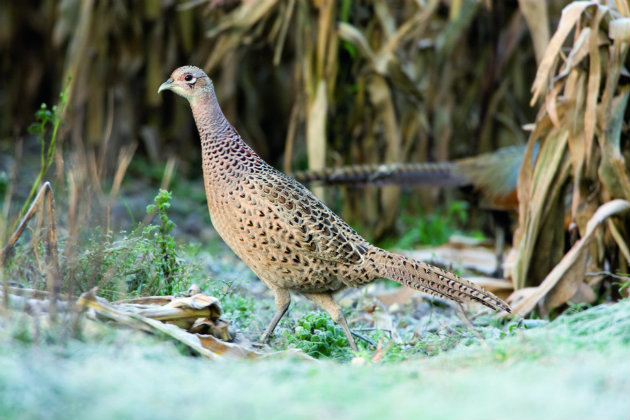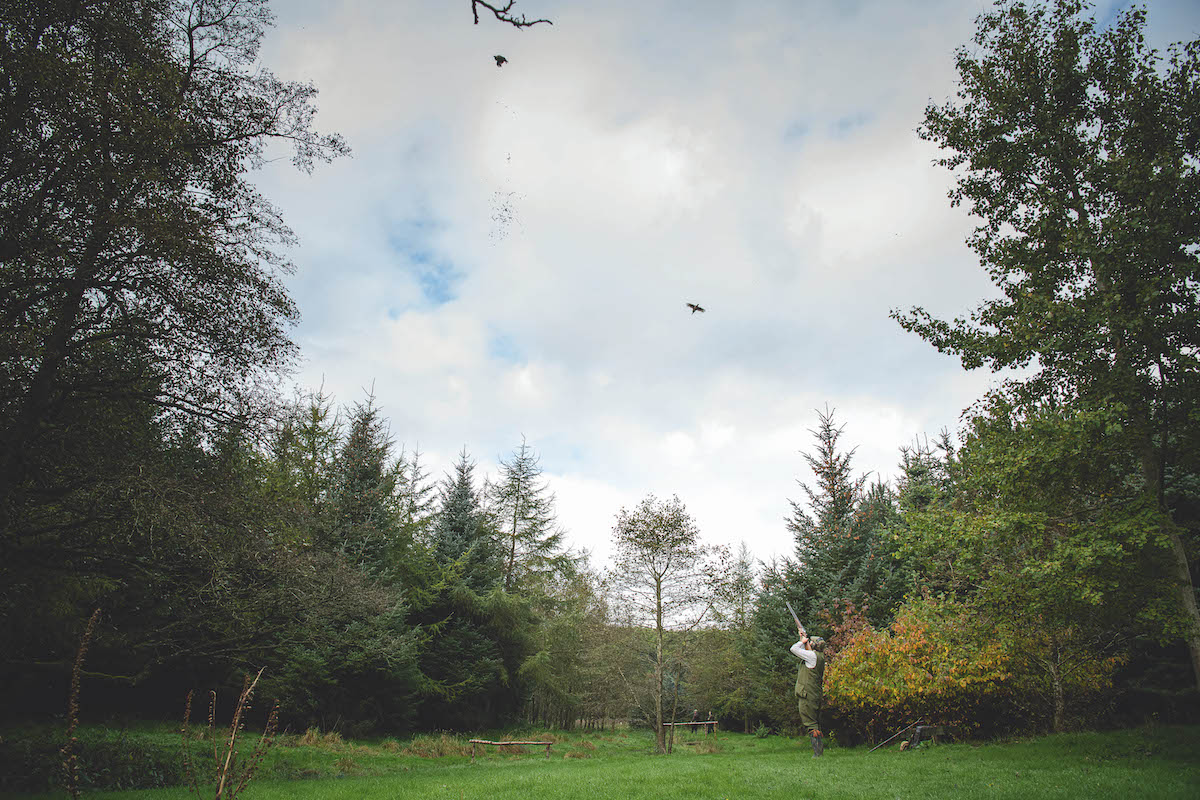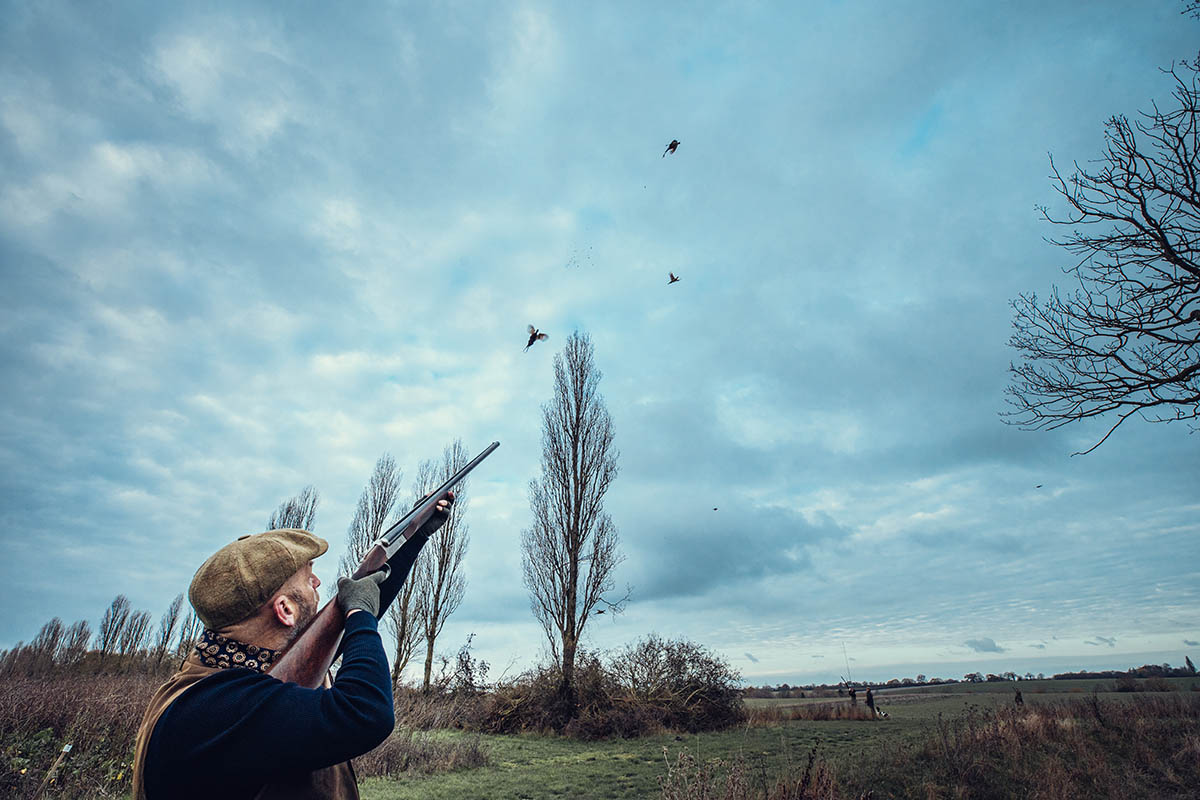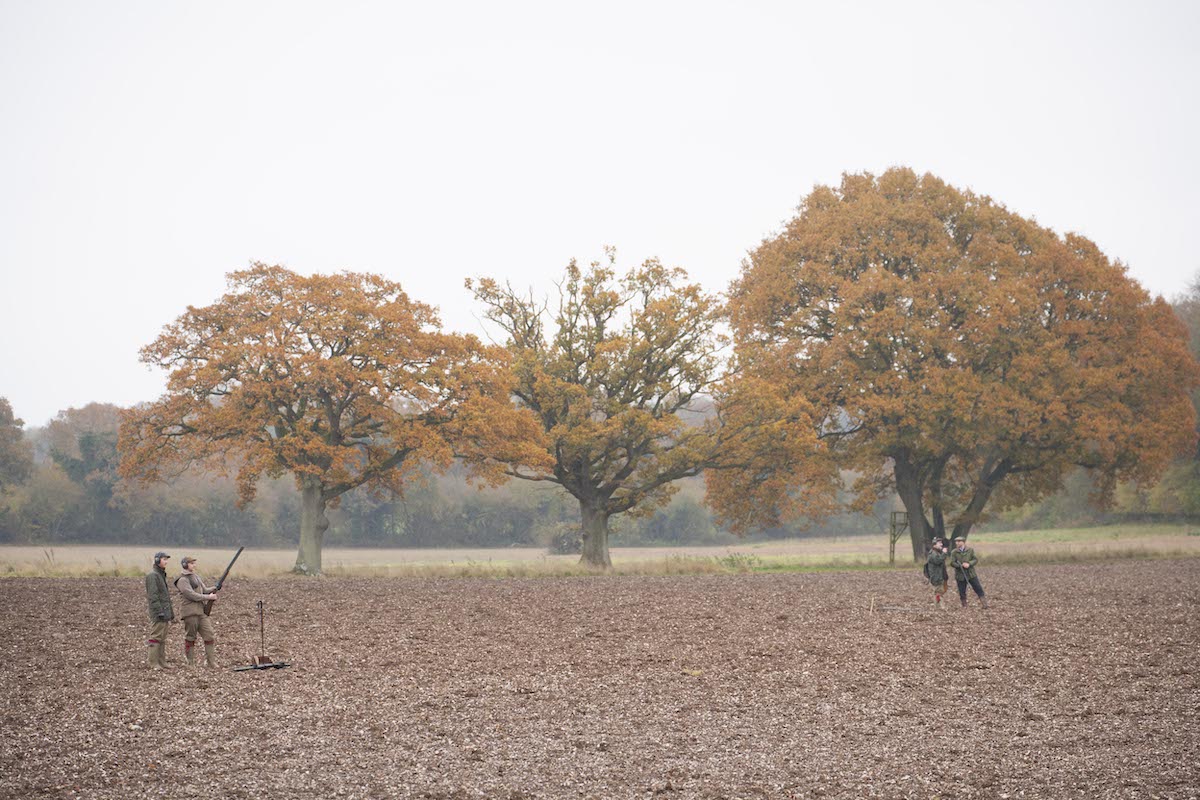How to look after birds left at the season’s end
So the season is over for another year. But what should you do with birds left on the ground? Liam Bell explains

Hen pheasants are sometimes bullied by the older cock birds, especially if there are only a few hens left
Regardless of the number of birds you shot on your last day, it is probable that you saw or flushed three or four times as many. What happens to the birds that survive the shooting season, and how they are looked after when it has finished, is important.
It would be morally wrong for us to leave them to fend for themselves at what is usually the coldest, wettest and hardest time of year. They need looking after and feeding for another couple of months at least.
Catching them after your last day’s shooting and before the season ends is a tall order if you shoot the last weekend of January, as most of us do. Even on the shoots that do catch up, there are still going to be birds left on the ground, no matter how thorough they are.

Provide enough feed so that birds don’t need to compete for it
We keep feeding our birds for the whole of February, March and April and, in some years, into May as well. There are fewer of them so we use less feed and it obviously takes us less time to get round them. We reduce the number of hoppers as it is easier for us to fill up one or two properly rather than having a whole row of them to check and fill. However, we make sure there are enough of them for the birds to feed on without their having to compete for food and bully each other.
Dominant cock bird
Frequently, a dominant cock bird will decide a hopper is his and his only, and drive off other cocks and harass the hens when they come to feed. If there are two, three or more hoppers in the same area, he won’t be able to guard them all and the other birds should be able to feed in peace.
There used to be a theory among gamekeepers that the remaining cock birds needed thinning out or culling at the end of the season, so that they didn’t bully the hens when they started to sit or encourage the following year’s poults to stray. Hence “cocks-only days”. Shooting them at the end of the season is probably good practice because they do bully the hens, especially in places where the hens have been caught up and there are only a few of them left. Shooting them out of season is breaking the law and not good for the image of gameshooting. It makes us look uncaring, which we aren’t, and the birds disposable, which they are not.
I don’t think the old cocks encourage the following year’s birds to stray. My poults wander whether there is an old bird about or not, and they are no worse if there is an old bird with them.
In fact, the old birds are usually the first to spot any predators and, because they’ve been living in the area for at least the previous 12 months, the odds on them moving somewhere new because the poults have arrived are fairly slim. I also look at the birds that have survived the season as free shooting the following year, which is why we do our best to hold them on the ground and look after them.
The hungry gap
Birds that are fed through what the Game & Wildlife Conservation Trust calls the “hungry gap”— the months when there is little or no wild food about — will be fitter and stronger when the days lengthen and they start to come in to lay than those that have had to scratch a living and survive on what they can find. Being in better condition doesn’t always translate into more chicks or more wild poults per hen, but it does at least mean that they will lay more, better-quality eggs. They will also be more likely to lay a second clutch should the first get washed away or predated.

Covercrops provide food and shelter so removing them earlier than necessary will make birds using them more vulnerable to predation

Don’t be in a hurry to remove covercrops
Feed-rich crop
We leave our covercrops standing until the beginning of April, and won’t top them until the birds have started to spread out and the weather has warmed up a bit. Maize and feed-rich crops such as triticale will still provide a certain amount of food in late winter and early spring, even in poor years such as 2015. Perhaps more importantly, they give some much-needed cover and protection from predators and the elements.
Kale-type crops that provide cover only should be left as long as possible as well, even though they don’t produce any food. A decent gamecrop is often the only patch of hard cover in a given area, and removing it earlier than necessary will make the birds using it more vulnerable to predation — not only gamebirds, but all manner of small farmland birds as well. Birds that have relied on a gamecrop over the winter for food and shelter would struggle to survive if it were removed when they needed it most.
Swiping them off early might make it look as though you are on top of things and being busy when shooting finishes, but it doesn’t help the following crop. It may in some cases make future cultivation even harder. As long as any hedges that need trimming back are done before the cut-off date at the beginning of March, and the crops that aren’t being left for a second year are topped by mid-April, there will be plenty of time to get everything done and the ground prepared for the next crop.
Feeding once the season is over is less hectic and, it has to be said, more enjoyable. It gives us the chance to make a mental note of what needs doing when the ground dries up and the last of the storms have passed. It also gives us time to get back in touch with what’s happening on the ground. These are things we can so easily miss when we are busy shooting.








